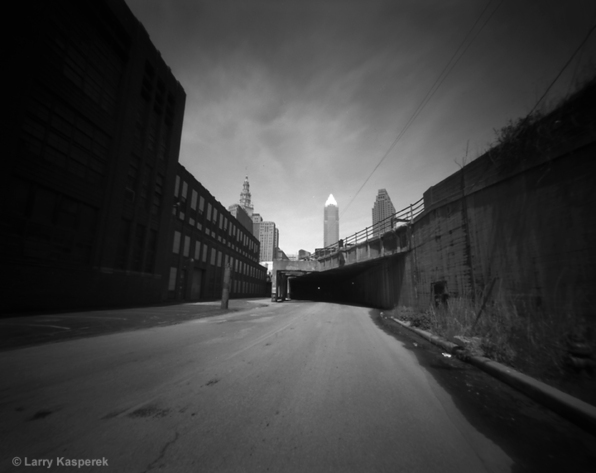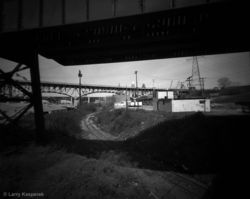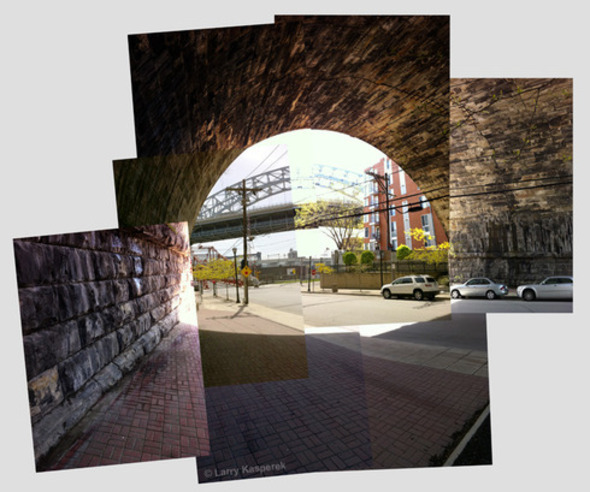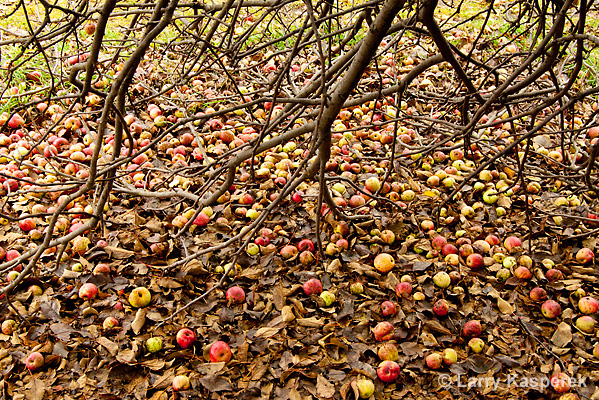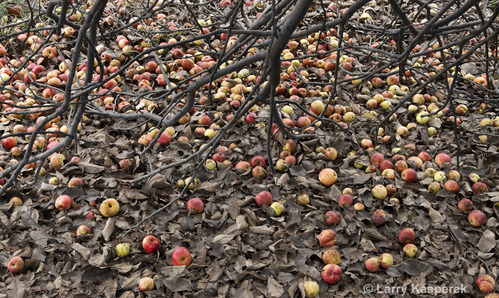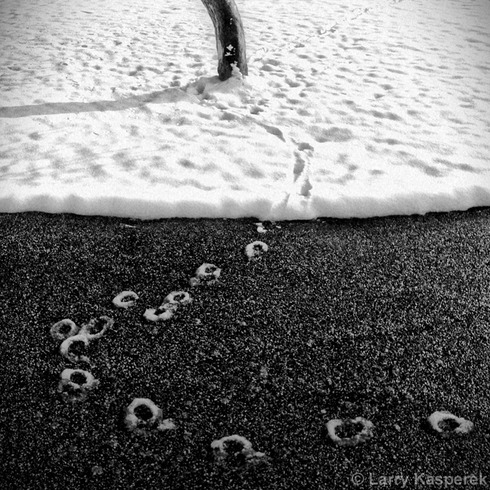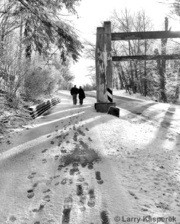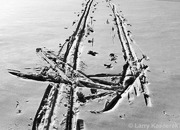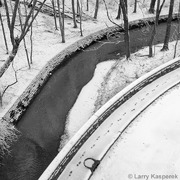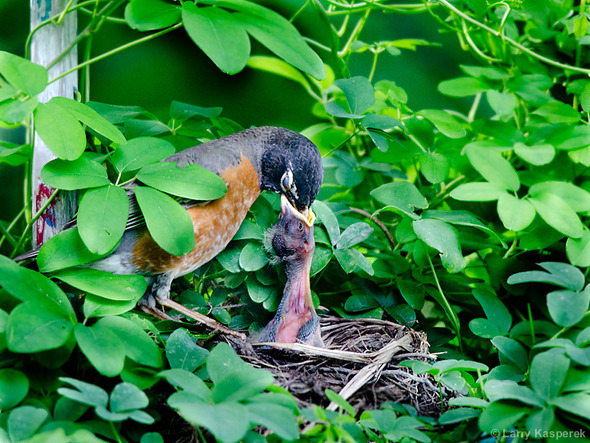
I guess you’re a birder if you keep a list. A birder is the official name for a bird watcher. Like any hobby, it can be taken to the extreme. I’m definitely on the casual end. For instance, I have made no attempt to count seagulls, or gulls as I was gently schooled by Marie at BAYarts. I think Marie keeps a list, too.
Marie did me a kindness a few weeks ago. We were chatting on the front porch of BAYarts after I had taught my Thursday class when she asked me if I had ever seen a Barred Owl. I told her I had not. “Well, there’s one right there,” she said, pointing to an oval hole about 30 feet up in a tree about 40 yards away.
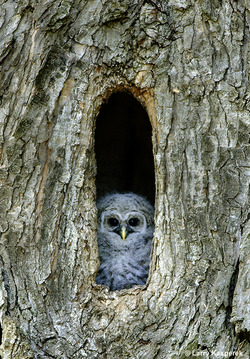 Sure enough, a fledgling was sitting right in the opening. And all I had was my iPhone. So I tracked it Friday and Saturday with some better equipment and photographed it on two occasions as it waited for it’s mother to return from shopping. I never saw the mother, and I never saw the fledgling sit up in the opening again like the first night. By Sunday the nest was vacated.
Sure enough, a fledgling was sitting right in the opening. And all I had was my iPhone. So I tracked it Friday and Saturday with some better equipment and photographed it on two occasions as it waited for it’s mother to return from shopping. I never saw the mother, and I never saw the fledgling sit up in the opening again like the first night. By Sunday the nest was vacated.
But I had a solid photo, which my daughter absolutely loved because of that Harry Potter thing, I guess. And she’s 21 now. So that was nice.
When I was a kid, whenever we saw a swarm of birds flying in an aerial ballet, we called it a “wedding.” As in, “that’s my wedding.” I don’t know the origin, I don’t know why. But I know now that their performance is called a murmuration, but only if they were Starlings.
If they were Larks, for instance, it would be an Exhaltation, for Pheasants, a Nide and for Goldfinches, a Charm. Some collective nouns for birds in flight are not so kind. Like a Murder of Crows, Pandemonium of Parrots and an Unkindness of Ravens. As a Browns fan I can relate to that.
Over the last few weeks I’ve been following the progress at a Robin’s nest in my backyard. She built her nest in the most photo-opportunistic location possible, at the corner of a patio structure, surrounded by vines.
I have been posting photos on Instagram (as pixellarry) from the start, the first one showing three blue eggs in the nest, of which one bird remains. But on Sunday I set up a 300mm f4.5 lens with a 1.4 extender and settled in. Within 10 minutes I had my photo.
I already had a Robin on my bird list, but the Barred Owl was a nice addition. Oh, and I also saw a White-Crowned Sparrow.
Happy Birthday to my Dad. He would have been 89 today.
